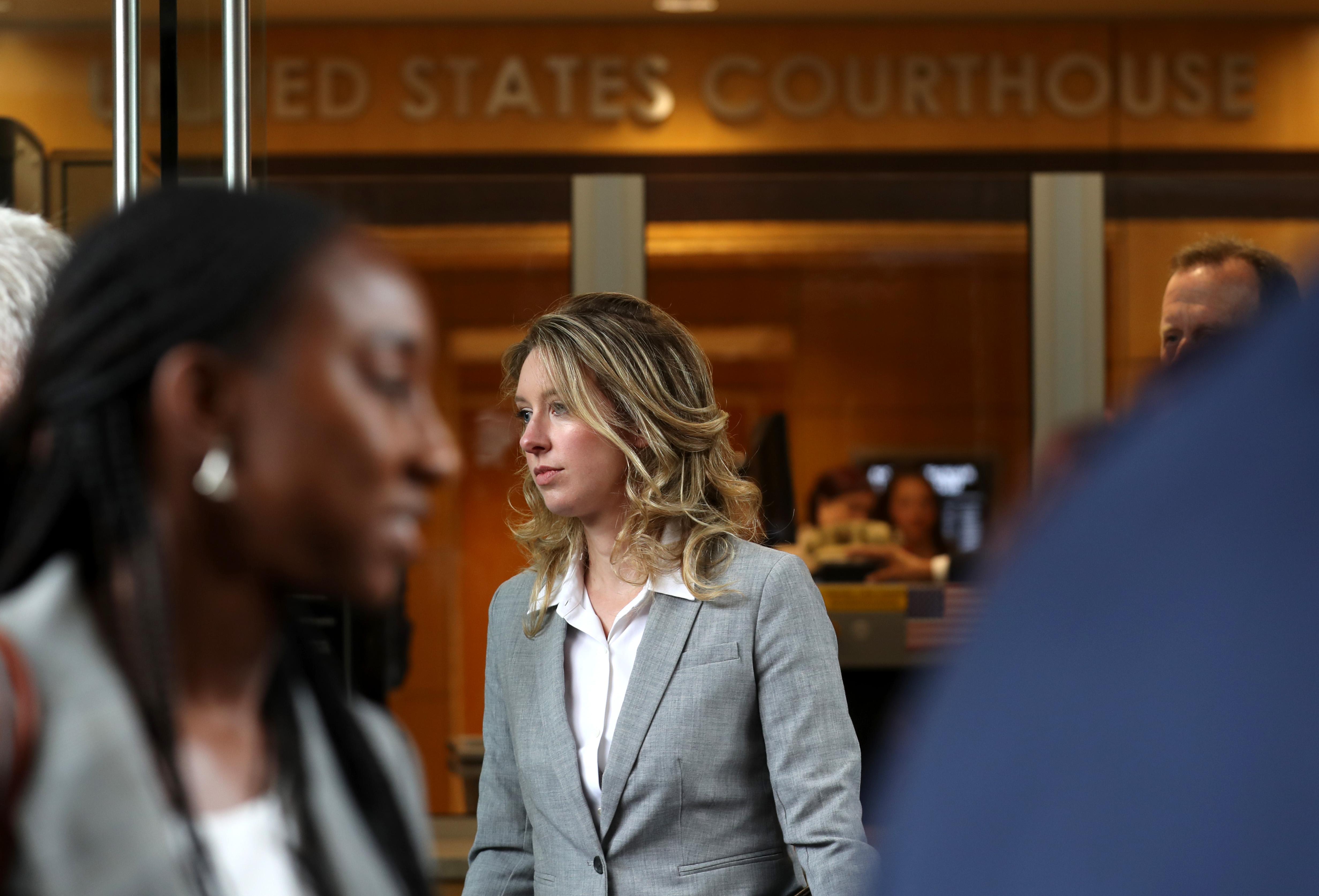Elizabeth Holmes' Theranos Patents Live on Despite Fraud Trial
Elizabeth Holmes is best known as the befallen Theranos inventor, but her patents live on through Labrador Diagnostics and more.
Aug. 31 2021, Published 10:56 a.m. ET
For Elizabeth Holmes, things are getting real. Just weeks after giving birth to her first child with William Evans, heir to the Evans Hotel Group, the California court has started selecting jury members for Holmes' Theranos fraud trial. As the key inventor of the now-defunct Theranos product, her patents are bound to come into question.
Following the dissolution of Theranos, many of Holmes' patents actually transferred to a subsidiary of Fortress Investment Group, LLC. Currently, some of the patents are available for royalty-free licensing.
Labrador Diagnostics granted royalty-free licenses for Elizabeth Holmes' inventions during COVID-19.
Last year, Labrador Diagnostics—a subsidiary of Fortress—granted royalty-free licenses for COVID-19 testing for a number of Holmes' patents.
Fortress initially picked up Holmes' patents when Theranos went down. The deal came to fruition in 2017—two years after The Wall Street Journal published a shocking expose that changed the game for Holmes' company.
In the past few years, there have been some legal battles between Fortress and other biotech companies over the question of patent infringement. These suits relate to patents that don't impact COVID-19 testing. According to Labrador Diagnostics, the company continues to provide "royalty-free licences to third parties to use its patented diagnostics technology for use in tests directed to COVID-19."
What patents did Elizabeth Holmes invent?
According to Justia Patents, Holmes is listed as an inventor on literally hundreds of patents. Some of the patents are applications, while others have been granted patents by the USPTO (United States Patent and Trademark Office). Many are continuations of existing patents that Holmes likely took part in early on in the process. The applications fall under organizations like Labrador Diagnostics, Theranos, Inc., Theranos IP Company, LLC, and other business variations.
One interesting patent is the "Rapid measurement of formed blood component sedimentation rate from small sample volumes" filed on July 18, 2013 by inventors of Theranos, including Holmes. As we know now, the flagship Theranos product was fraudulent. The company outsourced testing to companies with existing technology in order to complete the work. Oftentimes, the results were outright inaccurate, which led people to believe that they had life-threatening diseases they didn't actually have.
Some of Holmes' patents relate to COVID-19
Meanwhile, Holmes is listed as the inventor on some Labrador Diagnostics patents that relate to COVID-19. For example, Labrador published one patent called "Systems and methods for sample use maximization" on December 28, 2020. It focuses on measuring certain disease biomarkers "which provide additional knowledge of the condition of a patient."
It's important to note that Holmes doesn't profit off of these patents no matter how they are used in the future. After the Fortress deal, she gave her rights away to royalties, even in instances beyond the royalty-free agreement.
Many of Elizabeth Holmes' patents were framed.
The "Edison" device that helped Theranos achieve more than $700 million in venture capital was based on a lie. The patent was framed in a way to suggest that the device was doing all of the testing. In reality, Theranos was outsourcing its work, oftentimes inaccurately. Holmes outsmarted the U.S. patent system for a time and the USPTO presumed her intentions were honest.


